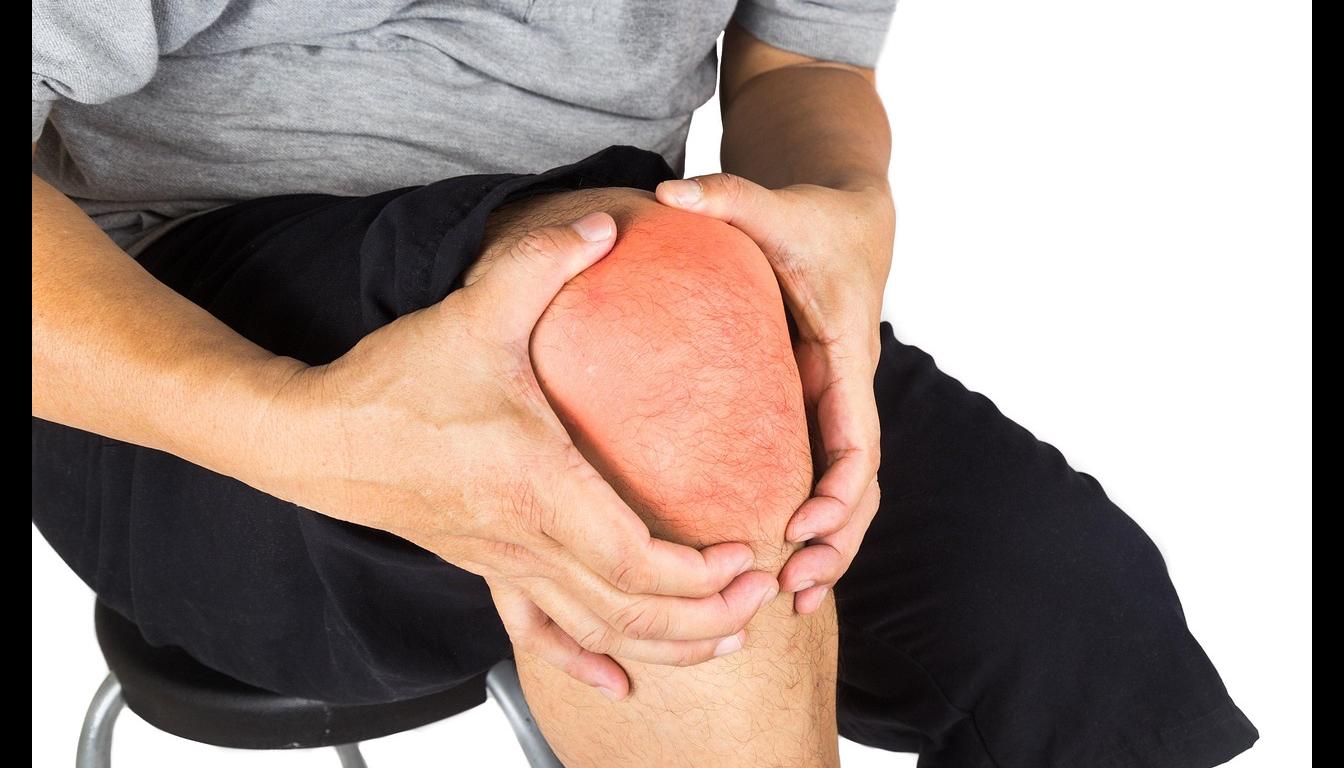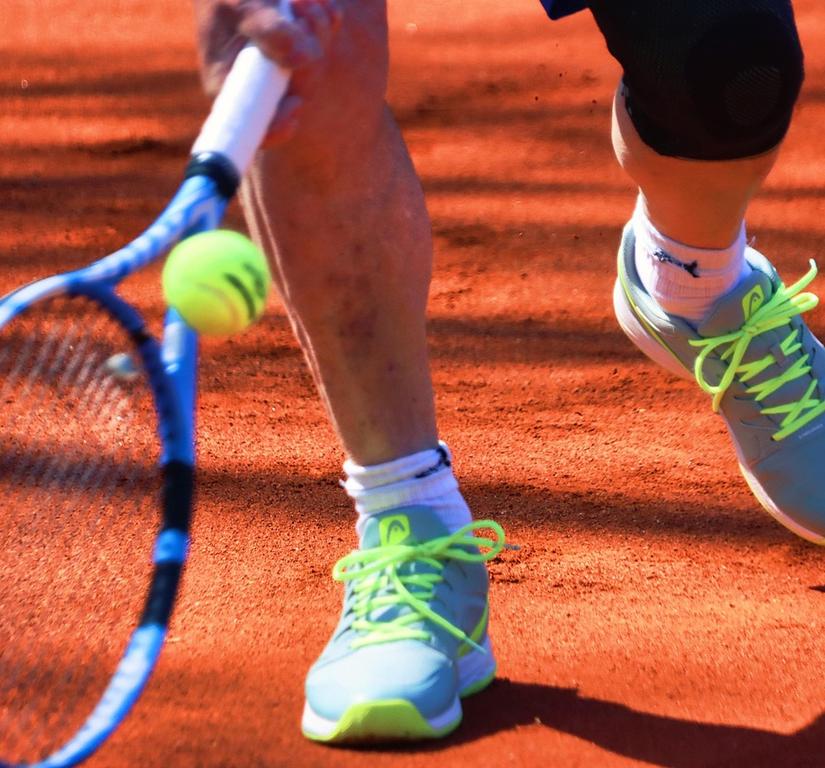
The Knee Center at MVZ Restart-Ortho – the No. 1 Choice for Athletes with ACL Tears, Meniscus Tears, and Patellar Injuries
The Knee Center at MVZ Restart-Ortho specializes in the specialized care of knee joint diseases and injuries such as ACL tears, meniscus tears, or patellar dislocations. The focus is on the desire of many patients – including numerous recreational and professional athletes – for a quick but sustainable return to sports, work, and everyday life. Both acute injuries such as an ACL tear or a dislocated patella, as well as chronic diseases of the knee joint are treated such as cartilage damage. The focus is on joint preservation through regenerative and function-preserving therapies. The treatment spectrum includes both operative and non-operative procedures – including autologous blood therapy on the knee.
- 1. What is the Knee Center at MVZ Restart-Ortho?
- 2. How do knee joint damages occur and why is joint preservation so important?
- 3. What complaints lead to presentation at the center?
- 4. How is the diagnosis made in the Knee Center?
- 5. What therapy options are available?
- 6. What is the course of surgical procedures in the Knee Center?
- 7. Which procedures are performed inpatient?
- 8. Frequently asked questions about treatment in the Knee Center
- 9. What does the follow-up treatment look like after a procedure?
1. What is the Knee Center at MVZ Restart-Ortho?
The medical team at the Knee Center at MVZ Restart-Ortho has many years of experience in knee joint surgery and in the treatment of injuries such as ACL tears, meniscus tears, and patellar dislocations. The spectrum ranges from minimally invasive procedures to joint-preserving operations and complex combined reconstructions. In addition, the doctors are involved in research, teaching, and professional societies. Among other things, they are active in the Society for Cartilage Regeneration and Joint Preservation (QKG) and regularly participate in national and international specialist congresses. This know-how flows directly into patient care and ensures treatment according to the latest scientific standards.


2. How do knee joint damages occur and why is joint preservation so important?
Knee joint damage can be caused by repeated stress, acute trauma, or degenerative processes. Injuries such as ACL tears, meniscus tears, patellar dislocations, or dislocated patella are particularly common in people who are active in sports. A sudden change of direction, a wrong landing, or direct impact are often enough to cause a ligament or meniscus injury. If left untreated, these damages often lead to permanent pain, instability, or the onset of osteoarthritis.
A central goal of modern orthopedics is to maintain or restore joint homeostasis – the metabolic balance in the joint. This is intended to avoid major interventions such as ACL tear surgery or premature joint replacement if possible. Especially for younger or athletically active patients, the preservation of the natural knee joint is paramount.
3. What complaints lead to presentation at the center?
Many patients seek out the Knee Center because of pain in the knee joint, feelings of instability, or functional limitations. Often there is a fresh ACL tear, a meniscus injury, a patellar dislocation, or a dislocated patella present. Chronic complaints can also persist after previous operations – such as a meniscus tear treatment or an ACL tear treatment without surgery – . The goal of the therapy is to restore the resilience and full function of the joint so that sporting and everyday activities are possible without pain.
4. How is the diagnosis made in the Knee Center?
A comprehensive diagnosis is carried out before each treatment. In addition to a detailed medical history and physical examination, modern imaging techniques such as magnetic resonance imaging (MRI) are used. This allows ligament injuries such as anterior cruciate ligament tear, meniscus tear, cartilage damage, and patellar malalignment to be precisely displayed. If a shoulder dislocation is suspected – for example, after sports accidents – specialists are also available at MVZ Restart-Ortho so that orthopedic combination injuries can also be treated. In addition, functional tests are carried out to identify muscular or fascial causes of complaints.
5. What therapy options are available?
The focus is on joint-preserving, regenerative procedures. These include injection therapies with the body’s own substances such as ACS (autologous conditioned serum) or PRP (platelet-rich plasma). These methods promote self-healing, reduce inflammation, and accelerate regeneration after injuries such as ACL tear or meniscus tear. In addition, physical therapies such as focused shock wave therapy, fascial therapy (FDM) or the Axomera-Therapy are used. The goal is to relieve pain, improve joint function, and operative procedures to avoid if possible.
6. What is the course of surgical procedures in the Knee Center?
If conservative measures are not sufficient, joint-preserving operations are performed. These include meniscus sutures, ACL tear operations and cartilage therapies such as autologous chondrocyte transplantation. In case of patellar dislocation or patellar dislocation, the stabilizing structures are reconstructed. If necessary, the operation is combined with a leg axis correction to permanently optimize the load in the joint. Many of these procedures are performed on an outpatient basis in the own OP center at the main location in the Berliner Straße.
7. Which procedures are performed inpatient?
Complex procedures, such as combined meniscus and cruciate ligament reconstructions with corrections of axis or rotational malpositions or operations for recurrent patellar dislocation, are performed as inpatient procedures in cooperating clinics – for example, in the Hubertus Hospital in Berlin-Zehlendorf or in the Bethel Hospital Berlin-Lichterfelde. The selection of the appropriate location is made individually.
8. Frequently asked questions about treatment in the Knee Center
How many knee joint operations are performed annually at the MVZ Restart-Ortho?
The MVZ Restart-Ortho performs around 2,000 outpatient and approximately 500 inpatient knee joint operations each year. This makes the facility one of the most experienced centers in Germany.
Who performs the operations at the Restart-Ortho medical center?
The operations are performed by a specialized team of experienced orthopedic surgeons. The doctors currently working there include Dr. Arnd Hoburg, Dr. Volker Laute, Dr. Nils Marschalek, Paul Sparmann, and Dr. Viktor Wesselsky.
9. What does the follow-up treatment look like after a procedure?
Wie verläuft die Nachbehandlung nach einer Knieoperation im MVZ Restart-Ortho?
Die Nachsorge wird individuell auf den Eingriff abgestimmt. Bei Kreuzbandriss-Operationen steht ein stufenweiser Aufbau der Belastung im Vordergrund, bei Meniskusriss-Therapien die Schonung und langsame Mobilisierung, und nach einer Kniescheibenluxations-Behandlung die gezielte Kräftigung der Oberschenkelmuskulatur. Nach ambulanten Eingriffen ist oft eine schnelle Mobilisation möglich, stationäre Behandlungen werden durch strukturierte Physiotherapie und Reha begleitet.
Was unterscheidet die Nachsorge bei ambulanten und stationären Knieoperationen?
Nach ambulanten Eingriffen ist in der Regel eine rasche Mobilisation möglich. Stationäre Operationen werden hingegen durch eine strukturierte Nachsorge in enger Kooperation mit Physiotherapieeinrichtungen oder im Rahmen einer Rehabilitationsmaßnahme begleitet.
